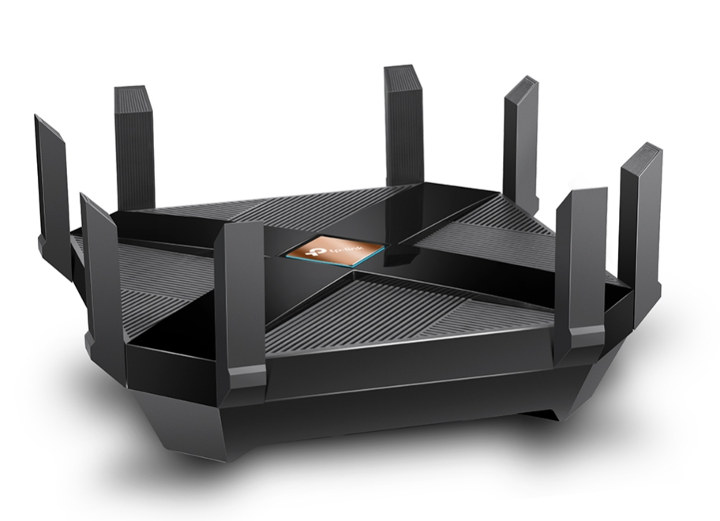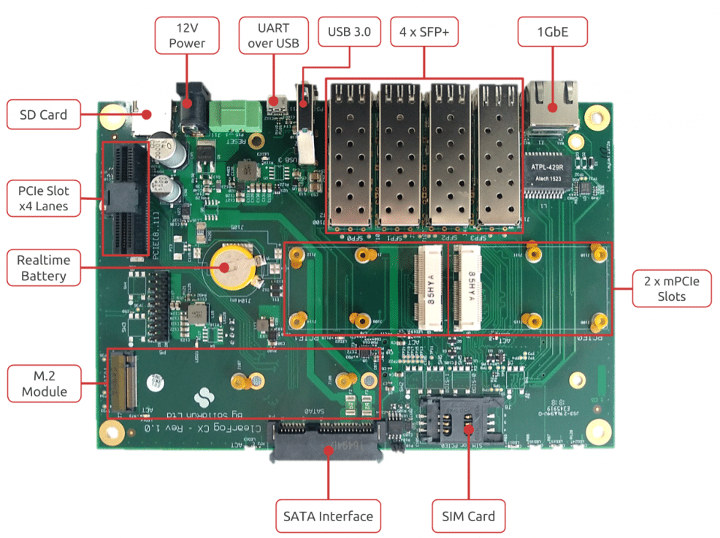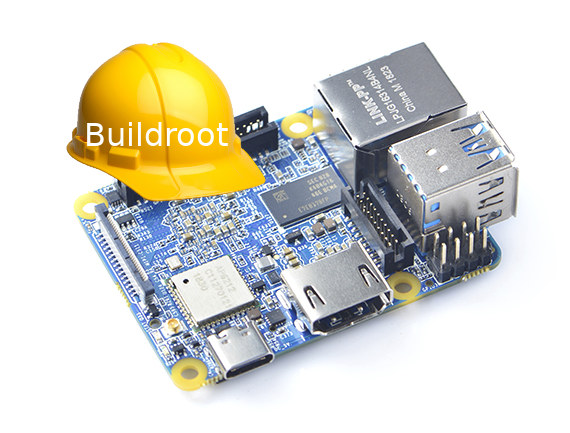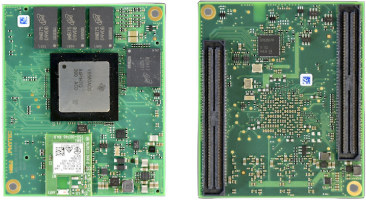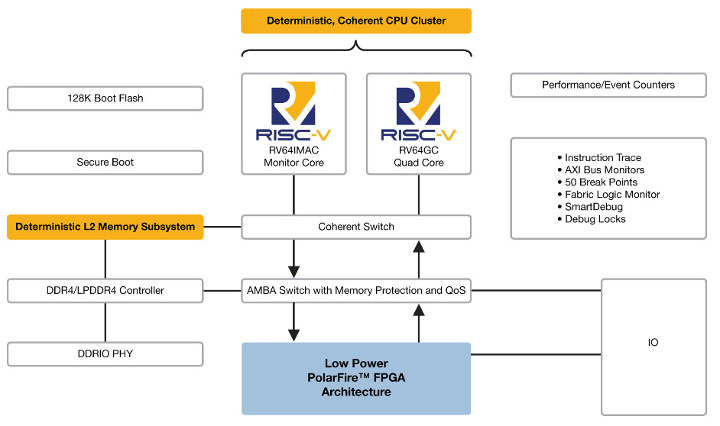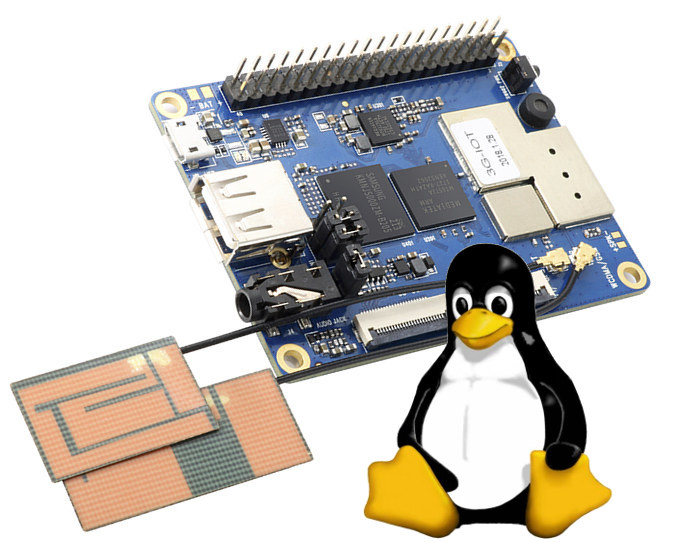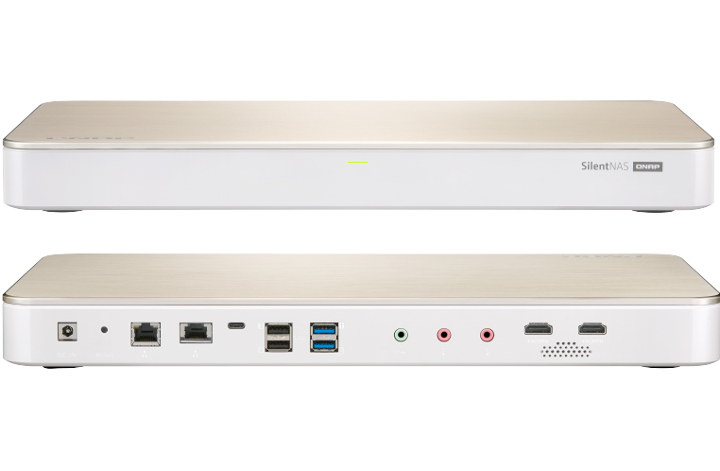After NETGEAR and ASUS 802.11.ax WiFi routers introduction earlier this year, TP-Link has now launched their own WiFi 6 routers with Archer AX6000 and Archer AX11000 models. The latter will only be available at the end of January 2019, and full details have not been disclosed yet, but Archer AX6000 has already launched (pre-orders only) and specifications, pricing, and other details are known. TP-Link Archer AX6000 specifications: SoC – Broadcom BCM49408 quad core Cortex A53 processor @ up to 1.8 GHz with network packet co-processor WiFi co-processors – 2x Broadcom BCM43684 802.11ax radios System Memory – 1GB RAM Storage – 128MB Flash Networking Wired 8x 1000/100/10Mbps LAN Ports 1x 2500/2000/1000/100Mbps WAN Port WiFi IEEE 802.11ax/ac/n/a 5GHz up to 4804Mbps IEEE 802.11ax/n/b/g 2.4GHz up to 1148 Mbps Wireless Functions – Enable/Disable Wireless Radio, Guest network, DFS, MU-MIMIO, OFDMA Wireless security – 64/128-bit WEP, WPA/WPA2, WPA-PSK/WPA2-PSK encryptions 8x High-Performance External Antennas USB […]
ClearFog CX 8K ARMADA 8040 Networking Board Complies with COM Express type 7 Specifications
After ClearFog GT 8K earlier this year, SolidRun has now launched another variant of their Marvell ARMADA based ClearFog networking boards: ClearFog CX 8K. The new single board computer features the same ARMADA 8040 quad core Cortex A72 processor as found in the GT 8K model, but complies with COM Express type 7 standard, and takes the company’s CEx7 A8040 module, and in the future any compatible COM Express type 7 module that may be launched by the company, or others. ClearFog CX 8K specifications: Supported COM Module – CEx7 A8040 Marvell ARMADA A8040 quad-core Arm Cortex A72 Memory – Up to 16GB DDR4 DIMM Storage – M.2b & M 2280 SSD, microSD slot, on-module eMMC flash, SATA 3.0 port Networking – 4x SPF+ cages including 2x 10GbE SFP, 1x 1GbE copper (RJ45) USB – 1x USB 3.0 Expansion 2 x mPCIe 1 x PCIe x4 Gen 3.0 I/O – […]
Buildroot For NanoPi NEO4 RK3399 SBC
NanoPi NEO4 is the smallest and cheapest RK3399 board so far, featuring the hexa-core processor into a $45 60×45 mm single board computer. FriendlyELEC usually provides decent documentation and software support for their boards, but Flatmax was not satisfied with the build system provided by Rockchip / FriendlyELEC. So he took the matter into his own hands, worked on and released a buildroot external tree for building NanoPi NEO4 SD card images. Flatmax mentioned this is the first completely contained build system for the NanoPi NEO4. The build process is explained on Github, and basically goes like this: Clone buildroot
|
1 |
git clone git://git.busybox.net/buildroot buildroot.neo4 |
Install dependencies
|
1 2 |
sudo apt-get install -y build-essential gcc g++ autoconf automake libtool bison flex gettext sudo apt-get install -y patch texinfo wget git gawk curl lzma bc quilt |
Clone NEO4 buildroot external tree
|
1 |
git clone git@github.com:flatmax/NanoPi.Neo4.buildroot.external.git NanoPi.Neo4 |
Build the system
|
1 2 3 |
. NanoPi.Neo4/setup.sh yourPath/buildroot.neo4 mkdir yourPath/buildroot.dl make |
Flash it to the micro SD card
|
1 |
sudo ./output/images/sd-fuse-rk3399/fusing.sh /dev/sdX buildroot |
Just replace /dev/sdX with your actual SD card device. Jean-Luc Aufranc (CNXSoft)Jean-Luc started CNX Software in 2010 as a part-time endeavor, before quitting his job as a software […]
PHYTEC phyCORE-AM65x SoM Features TI Sitara AM654x Processor
We already knew Texas Instruments was working on AM654 processor, the first 64-bit Arm SoC from the company, featuring four Cortex A53 cores, a PowerVR SGX544 GPU, dual lock-step capable Cortex R5F cores, and interfaces targeting industrial applications. Now at least one company has announced a system-on-module based on the solution. PHYTEC phyCORE-AM65x is equipped with AM654x processor, DDR4 and ECC DDR4 memory, up to 32GB eMMC flash, as well as built-in Ethernet, WiFi, and Bluetooth connectivity. phyCORE-AM65x specifications: SoC – Texas Instruments Sitara AM65x with 4x Arm Cortex-A53 cores, dual-core Arm Cortex-R5F MCU subsystem, PowerVR SGX544 GPU, 6x PRU-ICSSG System Memory – DDR4 with support for discrete DDR4 ECC Storage – Up to 32GB eMMC Connectivity Optional 2.4 or 5GHz Certified WiFi Solution 10/100/1000 Mbit/s Ethernet PHY on SOM Board-to-board connectors – 2x “high-density PCB interconnects” Dimensions – 65 x 55 mm The company provides Linux (Yocto Project), Android, […]
MicroSemi Introduces PolarFire FPGA & RISC-V SoC
In the past we’ve covered SoCs comprised of Arm cores and FPGA fabric via Xilinx Zynq-7000 series SoCs and Zynq UltraScale+ series MPSoCs, respectively featuring up to two Arm Cortex A9 cores, and up to four Cortex A53 cores. MicroSemi has now announced an alternative, not based on Arm cores, but instead based on SiFive U54-MC RISC-V cores combined with PolarFire FPGA fabric. PolarFire FPGA RISC-V SoC key features & specifications: FPGA – Microsemi PolarFire FPGA Processor Cores – Up to 4x SiFive U54-MC RISC-V cores clocked at up to 1.5GHz (performance similar to Cortex-A35 cores); 28nm process Deterministic Coherent Multi-core CPU Cluster Deterministic L2 Memory Subsystem System Memory I/F – Integrated DDR4/LPDDR4 Controller and PHY Storage – Secure Boot, 128K Boot Flash Debug capability Rich I/Os Low Power – Low static power; power optimized transceivers, up to 50% lower power compared to SRAM based FPGAs So we don’t have […]
Orange Pi 3G-IoT Board Finally Gets a Linux Image
Shenzhen Xunlong has launched several cellular IoT boards over the last few years with Orange Pi 2G-IoT, Orange Pi 3G-IoT and Orange Pi 4G-IoT, but each time, they are launched with Android support only. Linux support on the 2G board has never been great, while the Android 8.1 SDK for Orange Pi 4G-IoT was released earlier this year, but no Linux image are available. This leaves us with Orange Pi 3G-IoT board that just got its first Linux based firmware images released today on both Baidu and Google Drive cloud storage storage services. Four images are available for Orange Pi 3G-IoT-A (256MB DDR2) and Orange Pi 3G-IoT-B (512MB DDR2) boards with images booting from eMMC flash or micro SD card. A shell script (tar_image.sh) is provided to flash the image to the micro SD card since the latter for follow a specific partition layout. Sadly, there’s no mention of the […]
QNAP HS-453DX Fanless NAS Features Gemini Lake Processor, 10GbE, HDMI 2.0
Intel Gemini Lake processors are usually found in consumer products such as motherboards, mini PCs, tablets, and laptops, but QNAP has just announced a fanless NAS – QNAP HS-453DX – targeting home users, and equipped with an Intel Celeron J4105 Gemini Lake processor, the same chip as found in the recently launched ODROID-H2 SBC. The NAS comes with 4 to 8GB RAM, supports two 3.5″ hard drives, two M.2 SSD, and includes interfaces like HDMI 2.0 outputs and 10Gb Ethernet, making it not only suitable as a high-speed NAS, but also as a 4K media player. Two versions of the NAS are available: QNAP HS-453DX-4G and HS-453DX-8GB only differing by the amount of RAM. Specifications: SoC – Intel Celeron J4105 quad-core processor @ 1.5 GHz / 2.5 GHz with Intel UHD Graphics 600 System Memory – 4 or 8GB via 2x SO-DIMM DDR4 sockets Storage 4GB eMMC flash for firmware […]
Necuno Mobile Open Source Linux Smartphone is Powered by NXP i.MX 6 Processor
A few years ago, various companies tried to develop other Linux based mobile operating systems, but most failed with Mozilla Firefox OS discontinued, Samsung Tizen is not being used in smartphones anymore, and Sailfish OS giving up the consumer market focusing on governmental and corporate customers instead. There’s still a niche market however for privacy-focused, open source Linux smartphones, and we’ve already covered NXP i.MX 8M based Purism Librem 5 smartphone scheduled to launch next year with GNOME based PureOS operating system, and the ability to switch to PureOS with KDE Plasma Mobile or Ubuntu Touch. Necuno Mobile will be another Linux smartphone based on an NXP processor, but instead of relying on a 64-bit i.MX 8M processor, it will be equipped with the older 32-bit i.MX 6Quad processor, and according to the company be “100% open source device, from metal to pixel, from hardware to software”. Necuno Mobile preliminary […]


